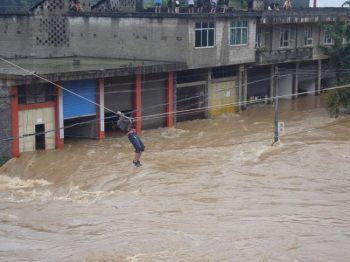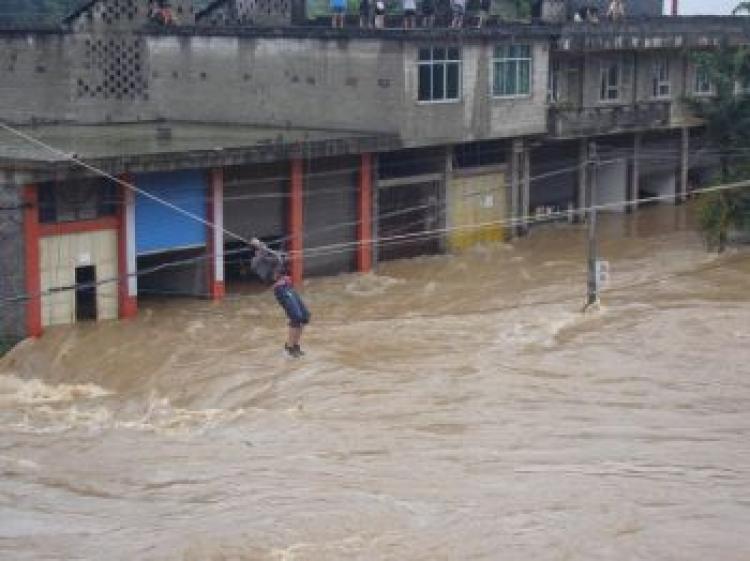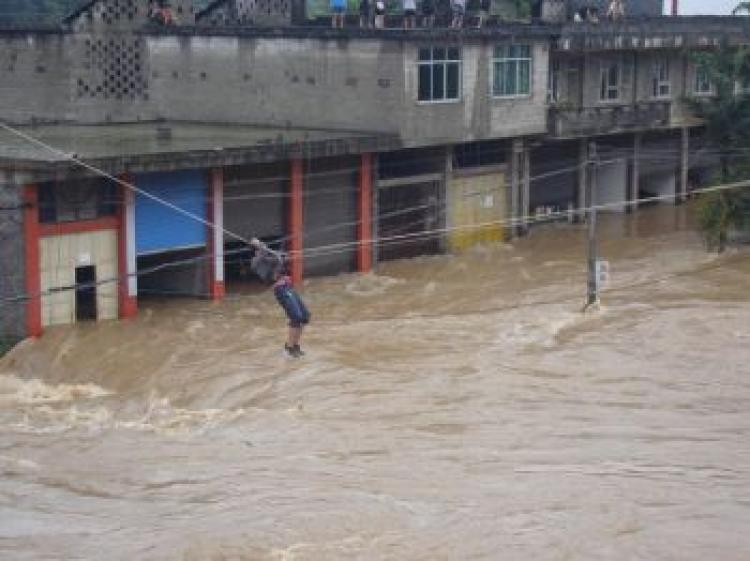China Floods May Be Sign of Wider Problems
The floods now besetting China may be related to the country’s trajectory of economic development.

Chongqing City experiences the worst torrential rain of the year on July 9. The Epoch Times photo archive
|Updated:




